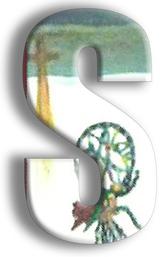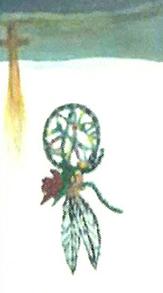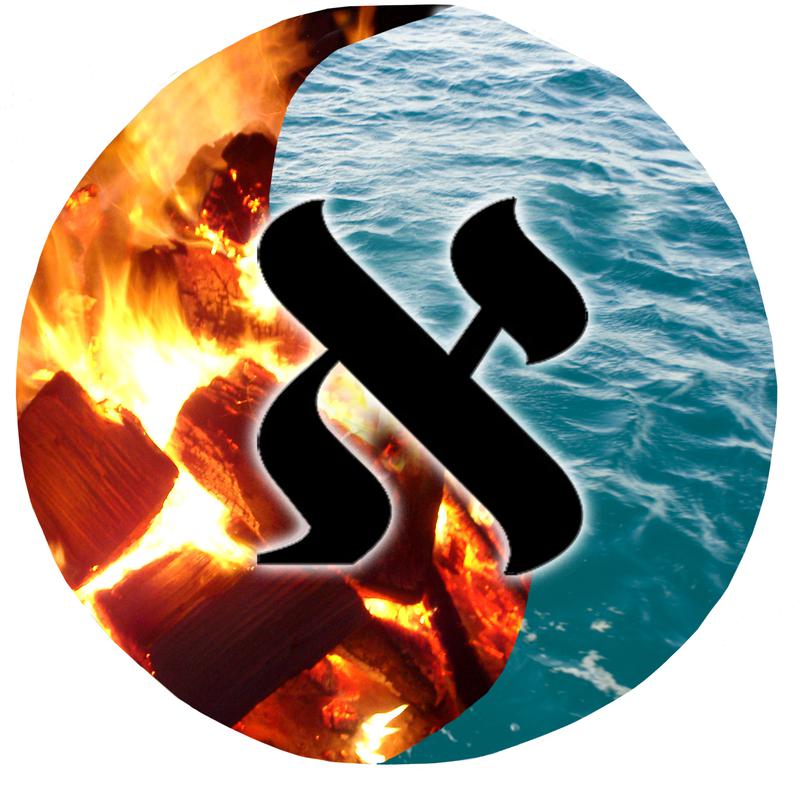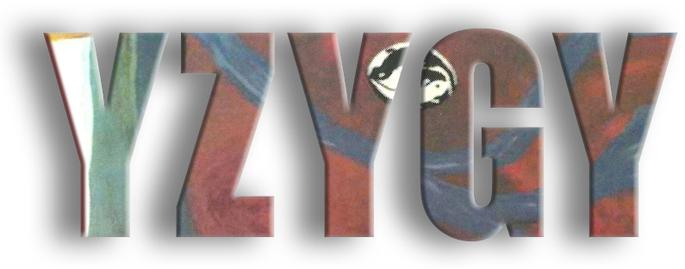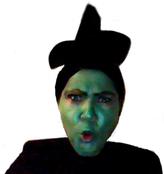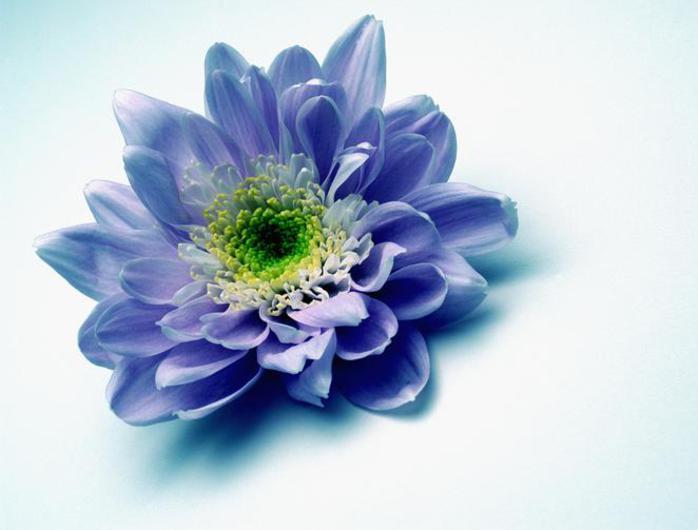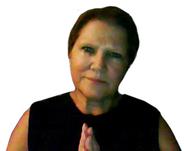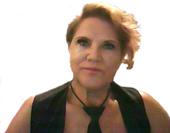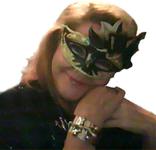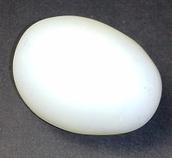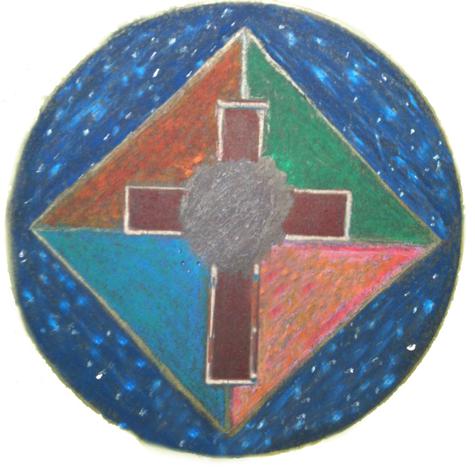MEMOIR LOGO CONCEPT: The aleph and a Sufi mystic inspired my creation and design of the syzygy logo, which I initially based on the symbolism of the yin and yang.
But the concept expanded when I first saw the aleph in Judith Cornell’s
Mandala Healing Kit, My inexplicable attraction to it led me to incorporate it into my logo before I knew what it meant.
I later read that the “Aleph (the first letter of the sacred Hebrew alphabet) embodies the primordial, divine potential of the universe. ... Aleph contains all the universe’s potential and all of its emptiness simultaneously. Aleph represents a dynamic process of movement from unity to diversity and back to unity,” Jennifer Judelsohn, Songs of Creation.
And the mystic poet Rumi inspired me to use the fire and water concept after I read The Question. Here is an excerpt:
“The presence is there in front of me. A fire on the left, a lovely stream on the right.
One group walks toward the fire, into the fire. Another toward the sweet flowing water.
No one knows which are blessed and which are not.
Whoever walks into the fire appears suddenly in the stream.
A head goes under water, and that head pokes out of the fire.”
LOGO ART: Cropped fire and water images from Free Images.
LOTUS LOGO: In spiritual and religious literature, “the lotus is a symbol for the macrocosm and the microcosm, the universe and man. The lotus represents the divinity of the cosmos as well as the divinity of man.
The lotus is the center of the infinite, omnipresent consciousness which connects with the consciousness of the universe. Through the intuition, one of man’s divine gifts, the spiritual student can see the infinite, omnipresent consciousness as the lotus flower within himself.”
LOTUS ART: Courtesy
Homestead, my website service provider. (Temporary art while I design of my own lotus logo.)
TO DOWNLOAD FREE SAMPLE CHAPTER OF SYZYGY:
THE MEMOIR
TO BUY MEMOIR
(Thru Amazon)
THE MEMOIR
CROSSING THE BRIDGE TO SELF
THE WEBSITE
THE MEMOIR
NEW!
Archetypes living symbols: A yin and yang exchange
“Archetypes, in spite of their conservative nature, are not static but in a continuous dramatic flux. Thus the Self as a monad or continuous unit would be dead. But it lives inasmuch as it splits and unites again.
There is no energy without opposites!”
THE PERSONA
THE SHADOW
Jung identified four primary archetypes: the Self, the persona, the shadow, and the syzygy, that is, the divine inner marriage of the masculine and feminine, as embodied by the yin and yang and the Shiva and Shakti. This page provides a rough outline of these concepts.
- THE SELF: The Self is the central archetype as well as the archetype that contains all other archetypes.
- THE PERSONA: The different masks we wear as we play out the various roles in our lives. Often trying to shield the ego, the mask presents the face we want the world to see while also attempting to conceal our true nature.
- THE SHADOW: Where we repress feelings, thoughts, memories, experiences, and unfulfilled ambitions. Our shadow often unknowingly projects our negative qualities onto other people. What we dislike about another is likely the projection of our own unconscious flaws.
- THE SYZYGY: The yin and yang and Shiva and Shakti, which are just two embodiments that represent sacred duos, the Divine inner marriage—or the syzygy—of the masculine/dynamic and feminine/magnetic. On another level, the syzygy is comprised of the anima, the feminine aspect of the male psyche, and the animus, the male aspect of the female psyche.
In addition to these four core archetypes—which is part of every human psyche—the number of personality archetypes is likely countless. Please visit my Structure of the Psyche web page for a more in-depth look at Jung’s theory of the psyche.
DYNAMIC/MASCULINE/YANG
The goal then is to bring the opposite energies into balance.
NOTE: The gender terms “masculine” and “feminine” are loaded with bias, passed down from a long and predominantly patriarchal era. Taking my cue from James DeKorne, who compiled and compared several translations of the I Ching dating as far back as the ancient philosopher Confucius up to 20th century scholars, I am going to presume that as “enlightened moderns we perceive that sexually prejudiced attitudes are as illogical as having a ‘preference’ for one over the other pole in an electrical circuit.”
Yin is characterized as “slow, soft, yielding, diffuse, cold, wet, and passive and is associated with water, earth, the moon, femininity and nighttime” [1].
Yang, by contrast, is “fast, hard, solid, focused, hot, dry, and aggressive and is associated with fire, sky, the sun, masculinity, and daytime” [2].
© 1955–2015 Syzygy: Crossing the Bridge to Self. All Rights Reserved.
The persona is the face we show to others—how we want others to see us—which also masks our true inner self.
The shadow often contains repressed thoughts and feelings that may surface when we feel under attack.
THE SELF: In his art, Jung often represented the Self as a mandala (a circle in Sanskrit) or a square, which he found to be therapeutic in the healing of the Self. The above drawing is my first personal experience in creating a mandala. The scribble in the center of the cross represents the image of my soul, which I could see as a child, but which in adulthood became clogged by a hairball.
For no reason that I could explain, I was drawn to this egg-shaped stone I found years ago in a gem shop, which I later used to represent the albedo stage of alchemy. Only later did I realize that this stone closely resembles the image of my soul, which I could see in my mind’s eye in the back left-side of my mind since I could remember.
“Motifs such as egg shapes, a lotus flower, a star or sun, a snake, castles, cities, eyes, etc., are produced for no obvious reason, yet reflect or draw out processes that are going on deep below that person’s conscious thinking.”
SOURCES
[1] Charles E. Osgood, “From Yang and Yin to And or But.”
[2] Ibid.
MAJOR ARCHETYPES
How I might appear when I identify too strongly with my dynamic/ masculine/yang energy.
THE SYZYGY
THE SELF
The Self is the central archetype as well as the archetype that contains all other archetypes. Whereas the ego is the center of consciousness, the Self is at once the center of the totality of the personality and the circumference of the entire psyche.
How I might appear when I identify too strongly with my magnetic/ feminine/ yin energy.
MAGNETIC/FEMININE/YIN
“The archetype is like a black hole in space: You only know it’s there by how it draws matter and light to itself. … The most important archetype of all is the Self. The Self is the ultimate unity of the personality and is symbolized by the circle, the cross, and the mandala, figures that Jung was fond of painting.”
C. G. Jung, in a letter to Father Victor White
Tom Butler-Bowdon, 50 Psychological Classics
